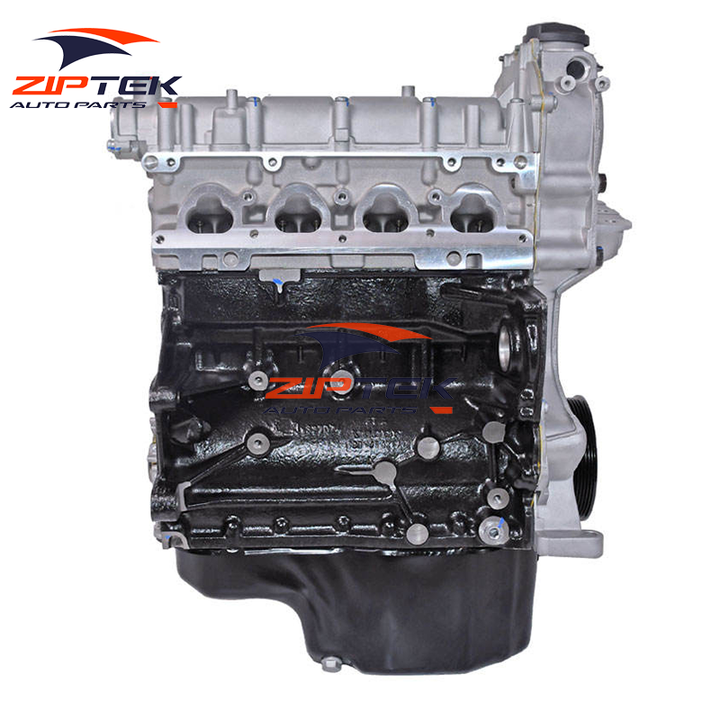Maintain long-term reliability with the right clp engine.
Maintain long-term reliability with the right clp engine.
Blog Article
Just How a Clp Engine Can Boost Effectiveness in Numerous Industries
The development of CLP engines notes a significant shift in functional efficiency throughout numerous sectors, driven by their capability to enhance fuel usage and reduce downtime. Industries such as manufacturing and logistics stand to acquire substantially from their robust layout and constant power outcome, which assure to enhance operations and improve performance. As organizations progressively focus on sustainability together with performance, the role of CLP engines becomes also much more crucial. What stays to be seen is how these advancements will form the future landscape of industrial operations and their effect on more comprehensive financial patterns (clp engine).
Summary of CLP Engines
CLP engines, or Continuous Fluid Propellant engines, stand for a considerable improvement in propulsion innovation, particularly for room applications. These engines utilize a continuous feed system that enables the continual expulsion of propellant, bring about enhanced efficiency and efficiency compared to traditional solid or hybrid propulsion systems. By keeping a continuous flow of fluid propellant, CLP engines can achieve extra exact drive control, which is important for maneuvering spacecraft in different goal situations.
The layout of CLP engines integrates innovative materials and ingenious fuel administration systems. clp engine. This leads to reduced weight and raised dependability, necessary elements for long-duration space objectives. Furthermore, the continual procedure lessens the threat of combustion instability, an usual obstacle in traditional rocket engines.

Advantages in Manufacturing
The manufacturing of Constant Fluid Propellant (CLP) engines offers a number of remarkable benefits that boost both efficiency and cost-effectiveness. Among the primary benefits is the streamlined manufacturing procedure, which reduces the complexity related to traditional propulsion systems. By utilizing liquid propellant, producers can attain higher accuracy in engine efficiency, causing maximized energy output and decreased waste.
Furthermore, CLP engines promote a greater level of modularity, allowing for less complicated assimilation into various production lines. This flexibility can dramatically decrease lead times and boost general operational versatility. The use of CLP modern technology additionally often tends to decrease the need for substantial maintenance as a result of less moving components, which translates right into lowered downtime and operational expenses.

Applications in Logistics
Leveraging Continuous Liquid Propellant (CLP) engines in logistics offers substantial advantages in operational efficiency and integrity. These engines provide a robust service for various transportation requirements, enabling the seamless movement of products across large ranges. The fundamental style of CLP engines permits for regular power result, which translates right into smoother and much more foreseeable transportation schedules.
Among the my website vital applications of CLP engines in logistics remains in heavy-duty freight transportation, where they can drive both ground and airborne lorries. Their ability to preserve high efficiency under differing load conditions makes sure that delivery timelines are satisfied, consequently enhancing client fulfillment. Additionally, CLP engines can be incorporated into automated logistics systems, facilitating real-time monitoring and maximizing path preparation.
Additionally, the durability of CLP engines decreases maintenance downtime, allowing logistics firms to maximize their operational capacities. This is particularly helpful in warehousing procedures, where efficiency in taking care of and carrying goods is crucial. As logistics proceeds to progress, the assimilation of CLP engines stands for a forward-thinking method that not just improves efficiency however additionally supports the sector's growing demands for dependability and speed.
Impact on Energy Performance
Exactly How do Continual Liquid Propellant (CLP) engines boost power performance in transport? CLP engines use a regular circulation of liquid fuel, enhancing burning procedures and keeping a steady thrust output. This layout reduces energy losses connected with standard burning engines, where gas shipment can differ and cause inefficiencies.
The continual procedure of CLP engines enables a much more effective thermal cycle, causing higher specific impulse compared to conventional engines. clp engine. This translates to reduced fuel consumption for the exact same quantity of job done, considerably decreasing operational webpage prices across numerous transport markets, including aviation and maritime sectors
Moreover, the ability of CLP engines to preserve ideal efficiency under differing lots problems lowers the requirement for frequent velocity and deceleration, better boosting fuel performance. Enhanced power effectiveness not only contributes to cost savings but also leads to decrease greenhouse gas emissions, straightening with global sustainability goals.
Future Trends and Innovations
Emerging improvements in Constant Fluid Propellant (CLP) engine technology guarantee to transform the landscape of transport efficiency and sustainability. As markets pivot toward greener options, CLP engines stand at the center, integrating cutting-edge materials and design techniques that enhance performance while decreasing environmental effect.
One of one of the most appealing fads is the adoption of hybrid systems that integrate CLP engines with renewable resource resources. This harmony can maximize fuel usage and lower emissions, lining up with global sustainability objectives. Improvements in computational liquid characteristics (CFD) are promoting the layout of more aerodynamically effective engines, leading to lowered drag and enhanced fuel performance.
In addition, the development of clever tracking systems is readied to boost functional performances. These systems take advantage of information analytics and IoT technology to enhance engine efficiency in real-time, guaranteeing that visit their website the engines run within their most efficient criteria.
As research study proceeds to check out alternate propellant solutions-- such as biofuels and artificial gas-- the future of CLP engines looks appealing. By utilizing these developments, sectors can not just boost their effectiveness yet additionally add dramatically to a cleaner, extra lasting future in transportation.
Verdict
In verdict, CLP engines stand for a substantial innovation in performance across numerous industries. The assimilation of sophisticated materials and fewer moving components decreases maintenance needs, while alignment with sustainability objectives settings CLP engines as a crucial modern technology for the future.
Report this page